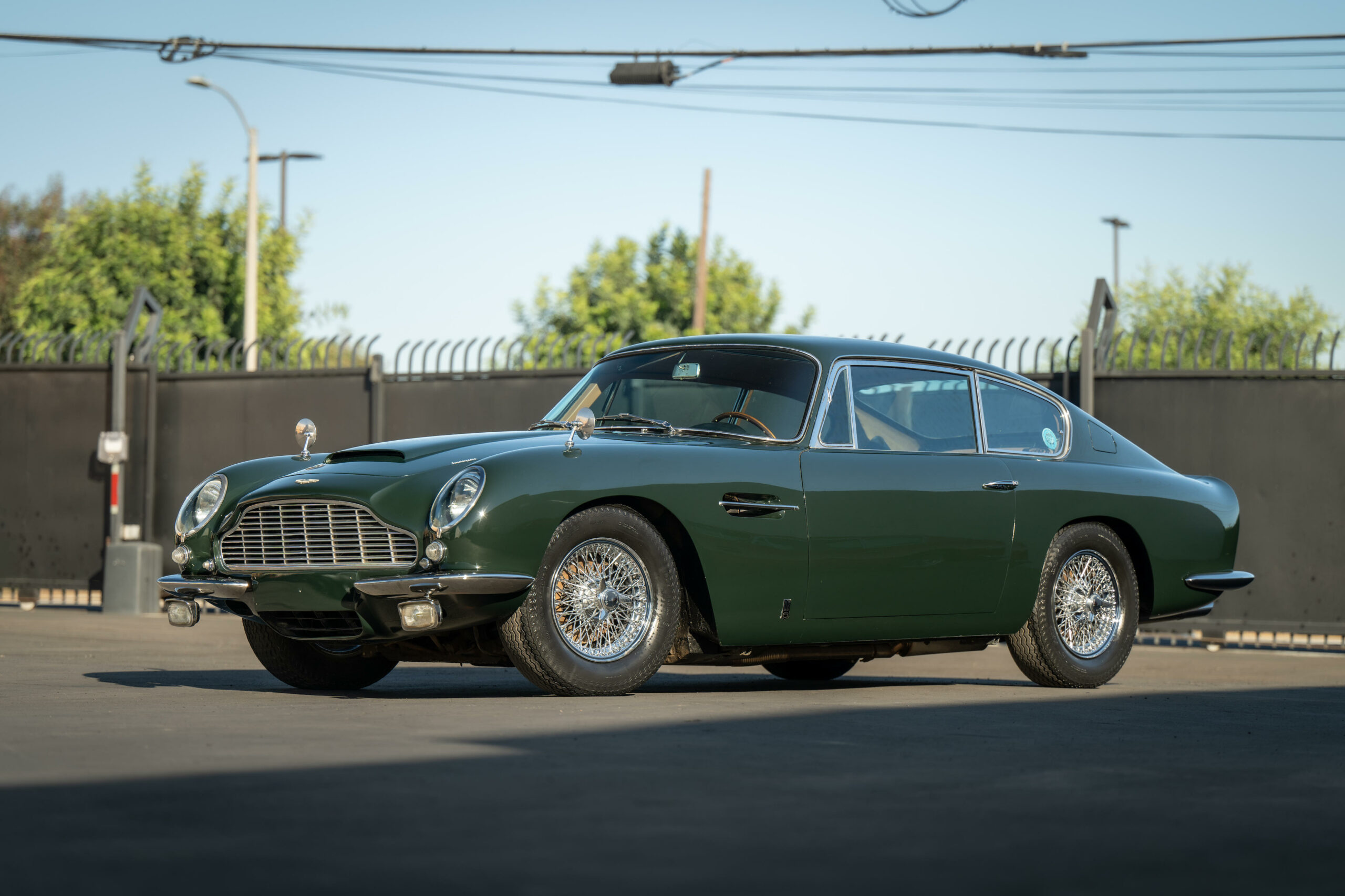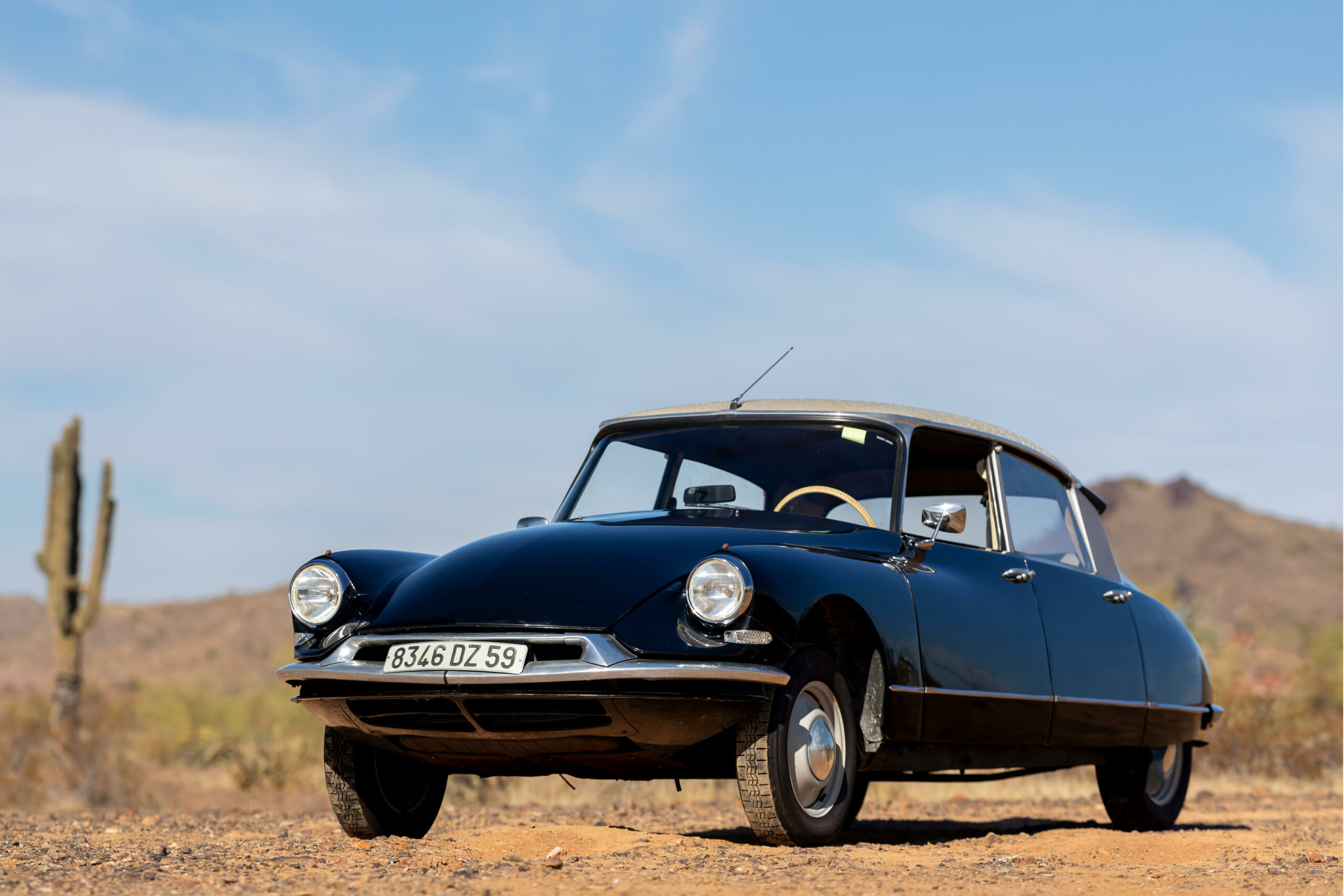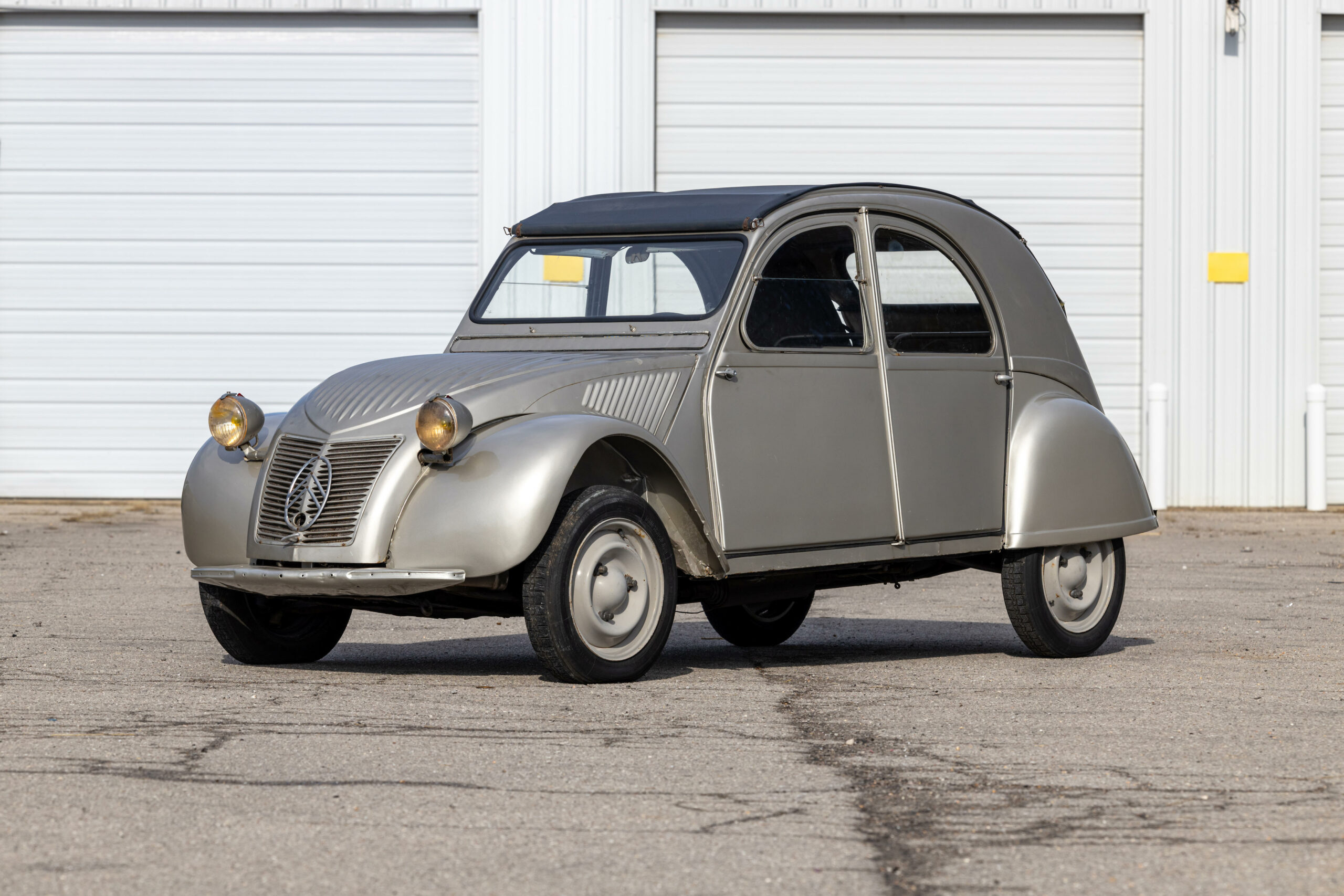Categories
- 1910s
- 1920s
- 1930s
- 1940s
- 1950s
- 1960s
- 1970s
- 1980s
- 1990s
- 2000s
- AMC
- Aston Martin
- Autobianchi
- Bentley
- BMW
- Bristol
- Buick
- Cadillac
- Chevy
- Chrysler
- Citroen
- Classic Cars
- Classic Hot Rods
- Classic Muscle Cars
- Classic Sports Cars
- Cunningham
- Davis
- Duesenberg
- Edsel
- Facel Vega
- Ferrari
- Fiat
- Ford
- Ghia
- Hillman
- Hudson
- Jaguar
- Kaiser
- Lamborghini
- Luxury Car
- Maserati
- Mercedes-Benz
- Moretti
- Packard
- Panhard
- Plymouth
- Porsche
- Reliant
- Rolls-Royce
- Studebaker
- Toyota
- Uncategorized
- Vespa
- Volvo
- Wolseley
The history of Citroën is a story of French automotive innovation, avant-garde design, and a commitment to producing vehicles that cater to a wide range of customers. André Citroën founded the company in 1919, and Citroën quickly became known for its groundbreaking engineering and unique approach to car design.
André Citroën, an engineer with a background in engineering and production management, set out to revolutionize the automotive industry. He introduced several pioneering innovations, including the use of mass production techniques inspired by American industry and the adoption of scientific management principles. This approach allowed Citroën to produce cars more efficiently and economically.
In 1924, Citroën introduced the Citroën B10, often considered the world’s first all-steel-bodied car. This innovation greatly improved safety and durability, setting a new standard for automotive construction.
One of the most iconic moments in Citroën’s history came with the introduction of the Citroën Traction Avant in 1934. This car featured several groundbreaking features, including a unitary body design, front-wheel drive, and independent suspension. The Traction Avant was not only technically advanced but also aesthetically distinctive, making it a symbol of French automobile design.
Citroën continued to push the boundaries of innovation with the introduction of the Citroën 2CV in 1948. This simple and utilitarian car, often referred to as the “Deux Chevaux,” became a cultural icon in France and earned a reputation for ruggedness and reliability.
In 1955, Citroën introduced another iconic model, the Citroën DS. The DS was celebrated for its futuristic design, advanced hydraulic suspension system, and aerodynamic shape. It became known for its smooth ride and elegant styling, earning the nickname “The Goddess.”
During the 1960s and 1970s, Citroën introduced the Citroën Ami, Citroën GS, and Citroën SM, each showcasing the brand’s commitment to innovative technology and design. The Citroën SM, in particular, was notable for its Maserati V6 engine and advanced features.
In the 1980s and 1990s, Citroën produced popular models like the Citroën BX and Citroën Xantia, which featured the brand’s signature hydropneumatic suspension. However, financial challenges led to a merger with Peugeot in 1976, forming the PSA Group.
In recent years, Citroën has undergone a transformation, focusing on producing affordable and practical cars with a modern design approach. The Citroën C3 and Citroën C4 Cactus are examples of models that reflect this strategy.
Citroën also embraced electrification, introducing electric and hybrid models like the Citroën C-Zero and the Citroën e-C4 as part of its commitment to sustainability and environmental responsibility.
Today, Citroën remains a respected French automobile manufacturer known for its emphasis on comfort, innovative design, and accessibility. The brand’s legacy is marked by its pioneering spirit, technological advancements, and a commitment to making driving a more comfortable and enjoyable experience for all.






